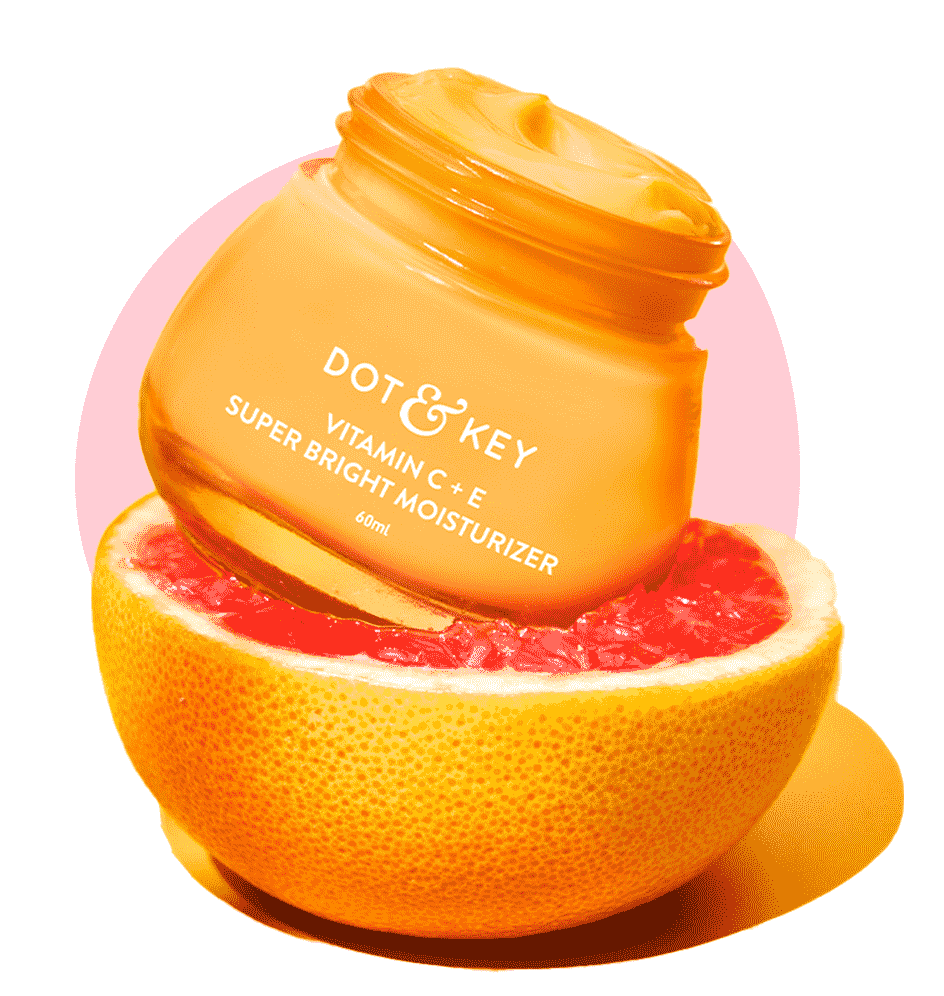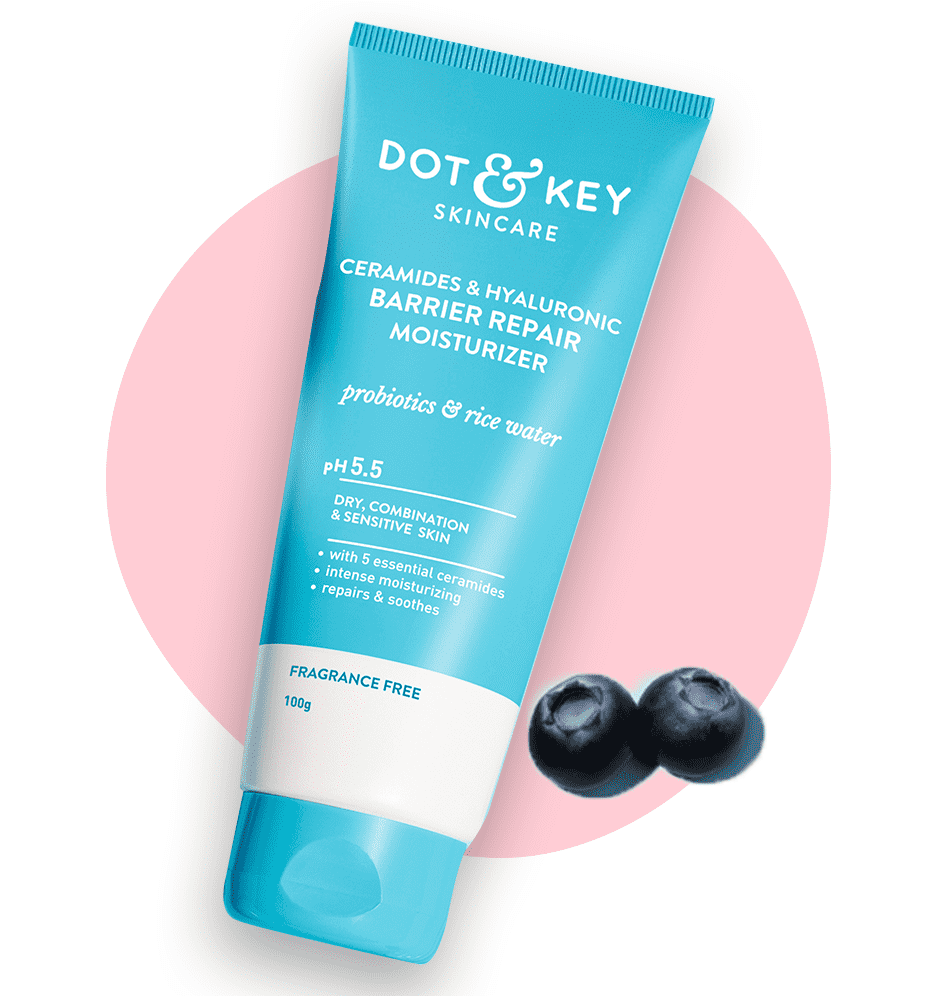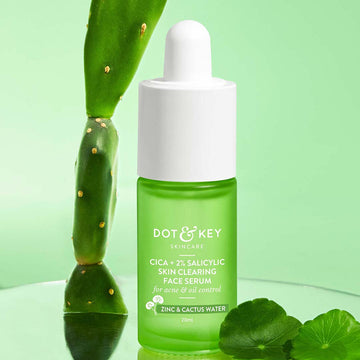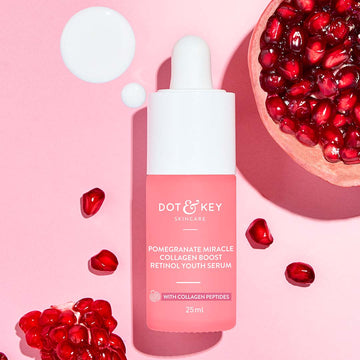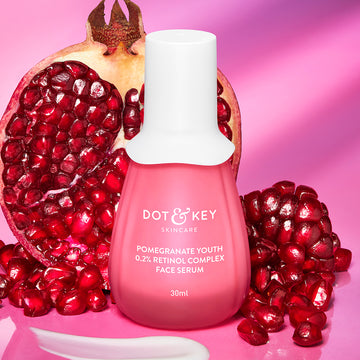
Retinol and salicylic acid—two powerhouse ingredients loved by skincare enthusiasts. One fights fine lines, the other battles breakouts, but can they work together without causing chaos on your skin? The answer is yes—with the right strategy!
While both ingredients offer impressive benefits for acne, ageing, and uneven texture, using them incorrectly can lead to dryness, irritation, or sensitivity. The key is to balance their use wisely—whether by alternating days or applying them at different times.
Ready to unlock the perfect skincare duo without the unwanted side effects? Here’s how to do it right!
What is Retinol?
Retinol is a Vitamin A derivative that stimulates cell turnover, reduces signs of ageing, and treats acne. It’s a multitasking ingredient that renews and rejuvenates your skin.
Key Benefits of Retinol:
- Reduces fine lines and wrinkles.
- Smooths skin texture and minimizes pores.
- Fights acne by preventing clogged pores.
- Fades dark spots and improves skin tone.
What is Salicylic Acid?
Salicylic acid is a beta-hydroxy acid (BHA) that penetrates deep into pores to exfoliate and remove excess oil. It’s widely used to treat acne and oily skin.
Key Benefits of Salicylic Acid:
- Exfoliates dead skin cells and clears pores.
- Reduces acne and prevents future breakouts.
- Controls excess oil production.
- Smooths rough, uneven skin.
Can You Use Retinol and Salicylic Acid Together?
Yes, but not at the same time. Both ingredients are strong and can cause dryness, irritation, or redness when used together in the same routine. However, they can be used effectively by alternating their usage or applying them at different times of the day.
How to Safely Use Retinol and Salicylic Acid
Here are two ways to use these ingredients without compromising your skin's health:
1. Alternate Nights
- Use salicylic acid on one night to exfoliate and clear pores.
- Use retinol the next night to renew your skin and stimulate collagen production.
- Follow with a moisturizer to lock in hydration.
2. Separate Times of Day
- Salicylic Acid in the Morning: Apply a salicylic acid toner or serum after cleansing to control oil and exfoliate. Follow with moisturizer and sunscreen.
- Retinol at Night: Use retinol in your evening routine to repair and renew your skin while you sleep.
Pro Tips for Using Retinol and Salicylic Acid
-
Start Slow:
Introduce one product at a time, starting with 2–3 times a week for each ingredient, and gradually increase frequency as your skin adjusts. -
Hydrate Well:
Both ingredients can dry out your skin, so always use a good moisturizer to maintain hydration. -
Use Sunscreen Daily:
Retinol and salicylic acid can make your skin more sensitive to the sun, so apply SPF 30 or higher every morning. -
Patch Test First:
Test each product on a small area of skin to check for irritation before applying it to your entire face.
Who Should Use This Combination?
This duo is ideal for individuals who want to:
- Treat Acne: Salicylic acid clears breakouts, while retinol prevents clogged pores.
- Improve Texture: Both ingredients smooth rough or uneven skin.
- Target Aging and Acne Together: Retinol reduces wrinkles, while salicylic acid controls acne and oil.
If you have sensitive skin, consider starting with lower concentrations of both ingredients and spacing out their use.
Common Mistakes to Avoid
-
Using Too Much Too Soon:
Start with small amounts and low concentrations to allow your skin to adjust. -
Skipping Sunscreen:
UV exposure can worsen irritation and reduce the effectiveness of both retinol and salicylic acid. -
Ignoring Hydration:
Always pair these ingredients with a moisturizer to counteract potential dryness.
Science Backing
- Salicylic Acid: Research in the Journal of the American Academy of Dermatology confirms salicylic acid’s effectiveness in treating acne by reducing inflammation and clearing clogged pores.
- Retinol: According to the American Academy of Dermatology (AAD), retinol is a proven ingredient for reducing fine lines, wrinkles, and acne with consistent use.
- Combination Use: A study in the Journal of Cosmetic Dermatology suggests that alternating retinol and salicylic acid can improve skin texture and tone without causing excessive irritation.
Conclusion
Yes, you can use retinol and salicylic acid, but they should not be applied together in the same routine. By alternating their usage on different nights or applying them at separate times of the day, you can effectively target acne, smooth texture, and reduce signs of ageing without overwhelming your skin. Always prioritize hydration and sun protection for the best results.
FAQs
1. Can I Use Retinol and Salicylic Acid on the Same Day?
It’s not recommended to use them together in the same routine, as this can increase irritation and dryness. Alternate nights or apply them at different times of the day.
2. What Should I Use First?
If alternating nights, use salicylic acid first on its designated night, followed by a moisturizer. Use retinol on the next night after cleansing.
3. Can I Use Them Daily?
Yes, but introduce them gradually and monitor your skin for signs of irritation. Daily use is only recommended for experienced users with a high tolerance for active ingredients.








